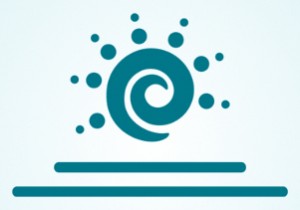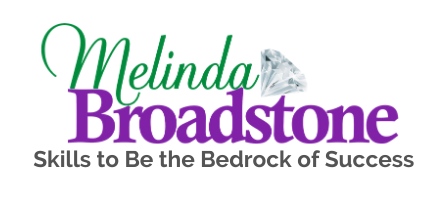Services for TMJ or TMD
The symptoms of TMJ and TMD that are not relieved by dentistry are often related to tension patterns that are triggered by the stress of thoughts or even the subconscious patterns that we carry with us from all of our experiences. The tension patterns are often displayed in the Myofascial and autonomic nervous system. They can create arousal and irritation to the nerves causing pain. Healing Therapy & Development uses a variety of techniques that are matched to what are assessed as client needs to break the pain cycle. The healing practices used may include Craniosacral Therapy, Myofascial Release, Massage, Energy Healing, Lymphatic Drainage, Meditation Instruction, Yoga Nidra Instruction, Stretching Instruction, Postural Assessment and Treatment.
What Is the Temporomandibular Joint (TMJ)?
The temporomandibular joint (TMJ) is the hinge joint that connects the lower jaw (mandible) to the temporal bone of the skull, which is immediately in front of the ear on each side of your head. The joints are flexible, allowing the jaw to move smoothly up and down and side to side and enabling you to talk, chew, and yawn. Muscles attached to and surrounding the jaw joint control the position and movement of the jaw.
Common TMJ TMD Symptoms: Pain or tenderness in:
The face
Jaw joint area
Neck and shoulders
In or around the ear when you chew, speak, or open your mouth wide
Headache, neck aches, dizziness, earaches, hearing problems, tinnitis,
Problems moving jaw properly
What Causes TMD?
The cause of TMD is not clear, but dentists believe that symptoms arise from problems with the muscles of the jaw or with the parts of the joint itself. Your dentist will rule out toothache, sinus problems, arthritis and gum disease through careful history and exam to determine the cause of your symptoms. Injury to the jaw, temporomandibular joint, or muscles of the head and neck – such as from a heavy blow or whiplash – can cause TMD. Other possible causes include:
• Grinding or clenching the teeth, which puts a lot of pressure on the TMJ
• Dislocation of the soft cushion or disc between the ball and socket
• Presence of osteoarthritis or rheumatoid arthritis in the TMJ
• Stress, which can cause a person to tighten facial and jaw muscles or clench the teeth.
_____________________________________________________________________
 Putting Health Back In Healthcare
Putting Health Back In Healthcare
This website is dedicated to offering information, resources and access to services that reflects the motto “Putting Health Back in Healthcare”. When health and wholeness is the foundation of our relationship and treatment of individuals, it becomes a partnership of realigning with the nature of who we are and Life itself. In that fullness of Life is where the miracles of healing occur. A Health, Wellness, Wholeness paradigm or viewpoint becomes an anchor and benchmark for decision making, interaction, and approach as well as content of assessment, recommendations and treatment. I believe a health and wholeness paradigm has the capacity to lend resiliency to patient health as well as resiliency of the Healthcare community during trying economic times.
When a Health, wellness and wholeness paradigm is integrated into traditional medicine, our approach to the patient, the illness and the solutions are expanded and trans-formative making our services truly Healthcare.
